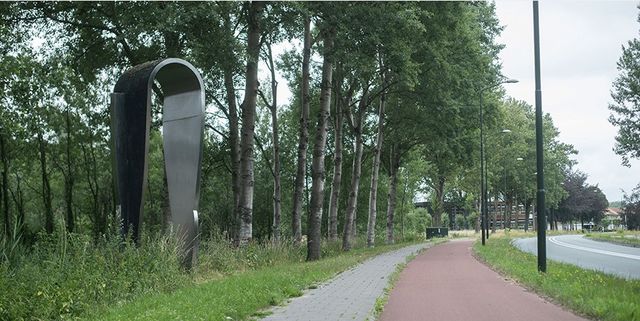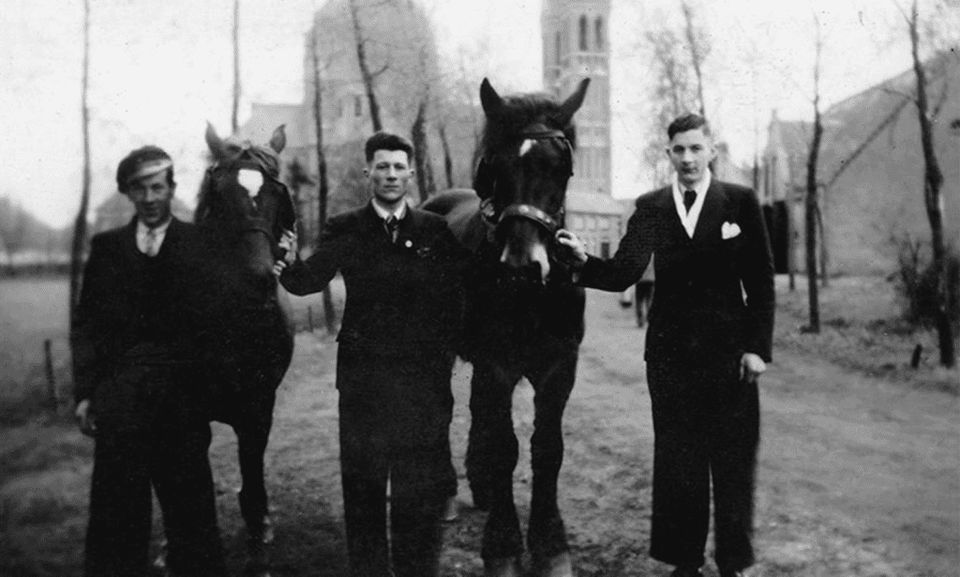De Helze
From the roundabout in Geldrop centre, near the church, lies a road leading to Nuenen, starting with the Helze. In the middle of the 19th century, this piece of road was a wide, paved dirt road and ended at the Kleine Dommel, where the piece of natural forest is now enclosed, between the Beemdstraat and Rietstraat. A textile factory was built here in 1852, where many different entrepreneurs later settled.
Factory of Laken and Bukskin
In 1855 he employed 18 people. The company existed until 1857 and then came into ownership of Carl Raue and Cornelis Johannes Bodde. The company was called "Fabriek van Laken en Bukskin”.
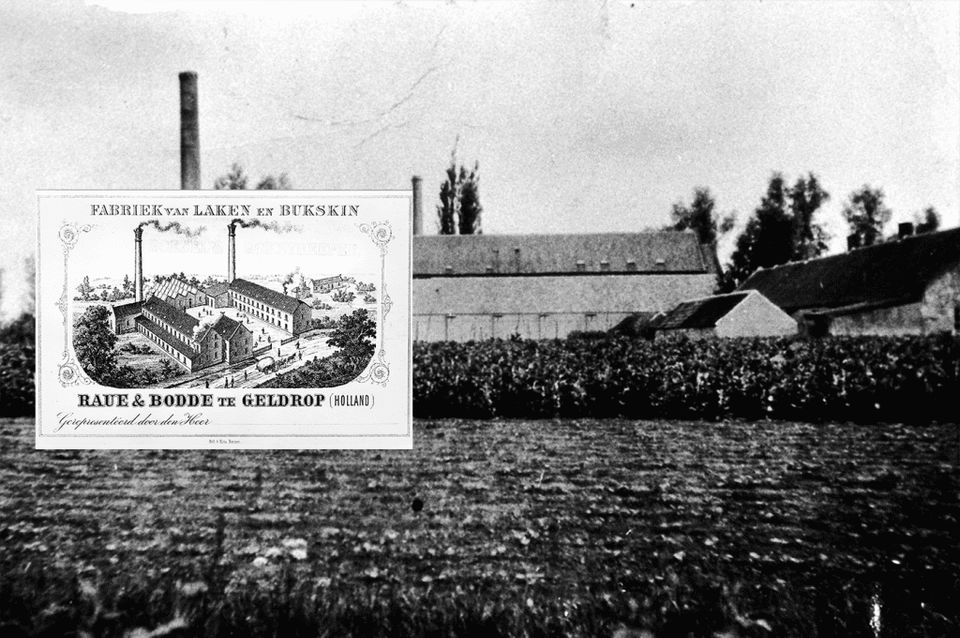
Factory Rate and Bodde
In 1898, the factory building was visited twice by a pyromaniac. Fortunately, the fire was quickly extinguished both times. Despite the market picking up after 1895, things did not go well for the firm Raue and Bodde.

Firma Pessers from Tilburg
On March 30, 1912, it was reported that P. de Wit from Helmond bought the buildings on the Helze and would start a blanket factory there. This was later moved to Parallelweg. From 1914 on, the buildings were vacant again and in 1916 the Pessers company from Tilburg started a worsted spinning mill there.
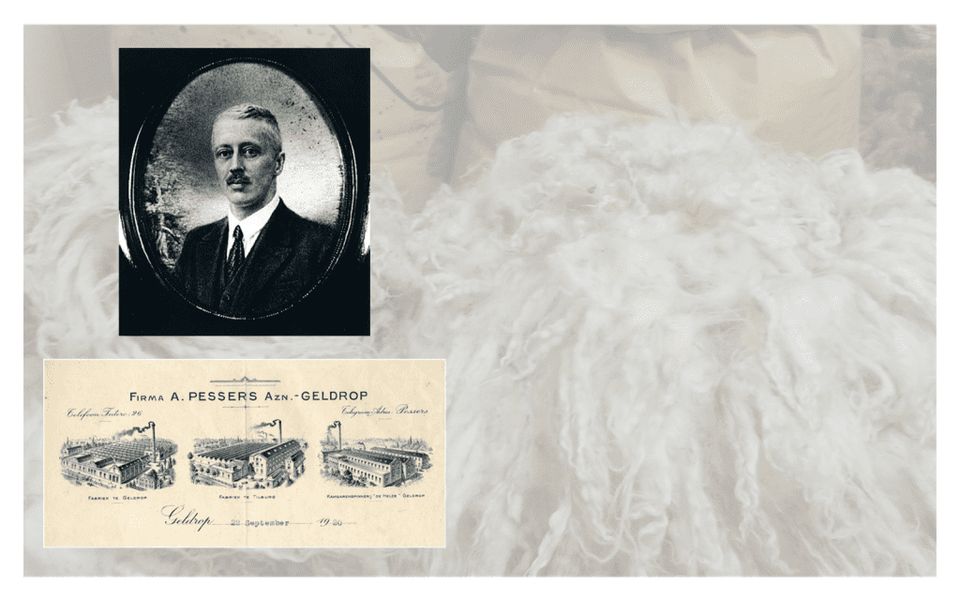
After that the company De Wit from Schijndel became the new owner. Finally, in 1940, the last textile workers of Jansen de Wit also left this factory and it fell into disrepair. A rich textile history in "Helze" had come to an end!
Geldrop Castle, along the Helze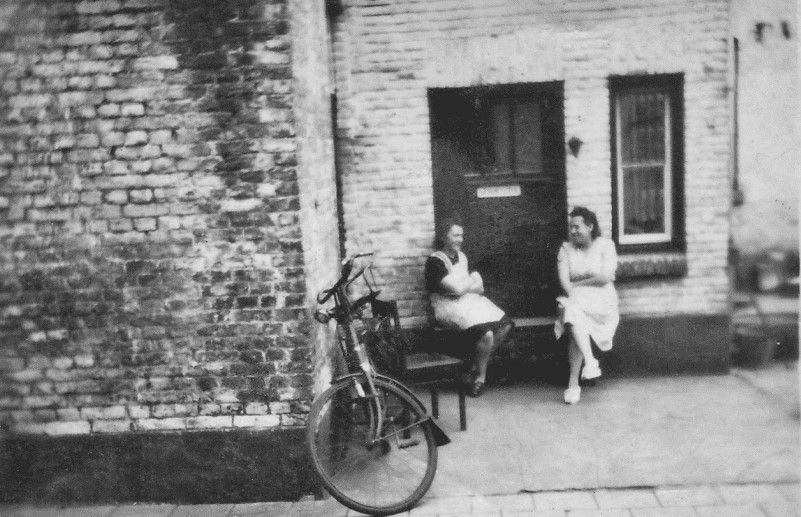
Henriëtte Pessers
Henriëtte Pessers (1899-1986) was the daughter of a textile manufacturer and visual artist Pessers. Henriëtte Pessers followed the RK Courses visual arts in Tilburg. In Brussels, she came into contact with Flemish Expressionism, influences of which can be found in her work. In the meantime, her family had moved to Geldrop. Henriëtte Pessers regularly visited the painting village of Heeze, where she showed her innovative work.

Spanish workers at Pessers
"One evening in February 1963, I arrived with two other Spaniards in Geldrop, a dark village. We came from Barcelona, a big city, and Geldrop was still very small at the time. The next morning we went on foot to the textile factory. We hiked in the cold, saw how high the snow was and havered for a while. When we arrived at the factory, the next disappointment awaited us, because it was a very old factory with outdated machines and we expected it to be more modern.”
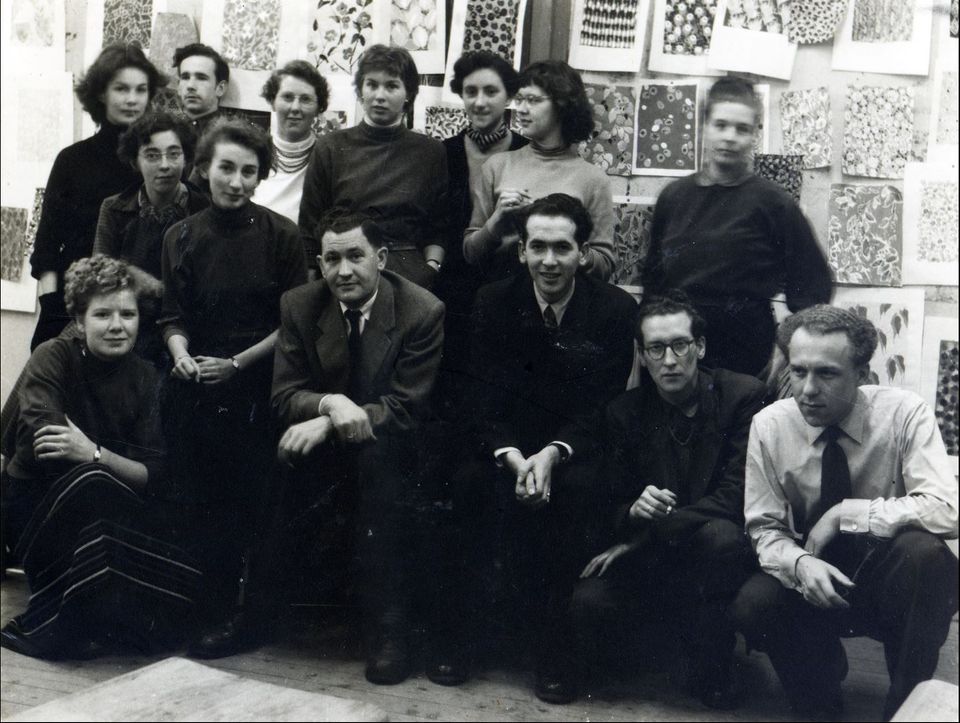
ON THE WAY TO GREAT HEIGHTS FROM THE OLD HELZE
A unique and spectacular photo! A tightrope walker, presumably from Germany, climbs the tower of the Brigida Church via a cable. This cable was stretched from the (old) Helze to the reverberation holes of one of the church towers. He also managed to drive up on a motorcycle, unfortunately, there are no photos of this (yet).
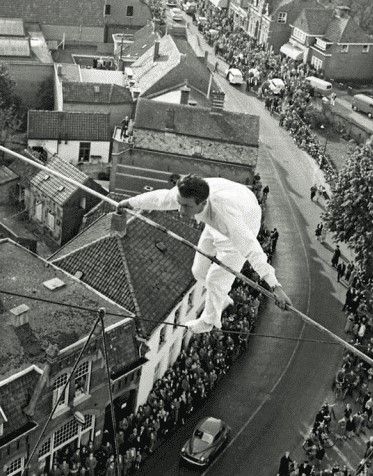
-
Weaving the Past with the Present - St. Brigidakerk
The St. Brigidakerk was built between 1889 and 1891, designed by architect Carl Weber. The church is one of Weber's most important works and is still used by the Brigida parish in Geldrop.
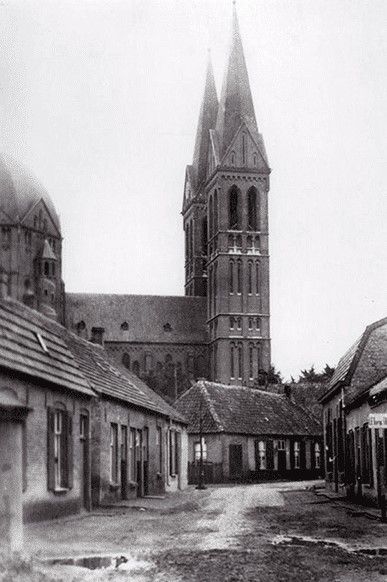
-
Weaving the Past with the Present - St. Brigidakerk
In the foreground, you can also see a construction sign announcing the Centrumplan Geldrop. The roundabout was renovated recently.

-
Verleden verweven in heden - Helze
Een ereboog op de Helze voor een gouden bruidspaar. Het is de (oude) Helze. Ver op de achtergrond maar nog onder de boog is een smalle schoorsteen te zien. Dit was de schoorsteen van de fabriek van Raue en Bodde, later de kamgarenspinnerij van Pessers die aan het einde van de Helze stond.

-
Verleden verweven in heden - Helze
Nu staat vlak voor de Dommel The Walker, een kunstwerk van Jan Gils.
